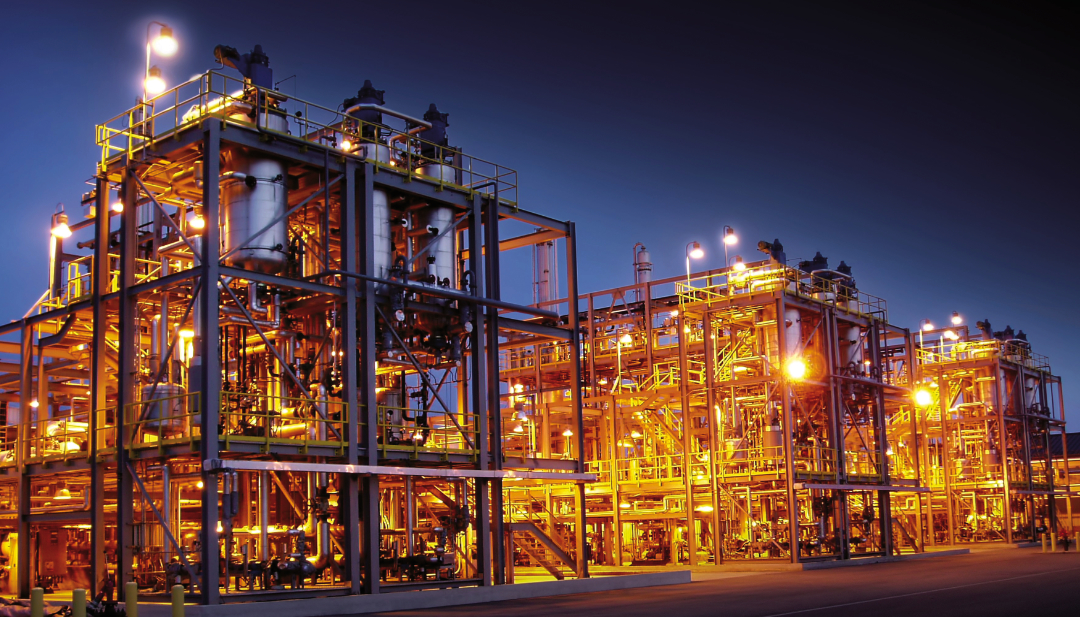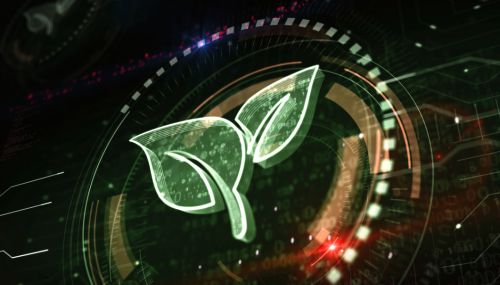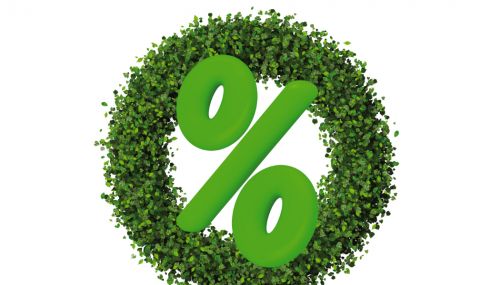All
What Is Renewable Diesel?
by Jason Lawrence, Chevron Renewable Energy Group

Maybe your company is exploring lower carbon fuel solutions and has already used biodiesel in your fleets. But what about renewable diesel? Chevron provides its customers with lower carbon fuel solutions, including renewable diesel. Renewable diesel is made from the same feedstocks as biodiesel but uses a different production process. The result is a renewable fuel that is more like petroleum diesel and meets ASTM D975, the same specification as petroleum diesel. Renewable diesel is a newer alternative fuel on the market. Still it has quickly become popular because it effectively reduces lifecycle carbon emissions, delivers strong performance and has up to 85% less sulfur than ultra-low sulfur diesel (ULSD). As lower carbon regulations and targets become more common in the United States, this fuel will likely continue to grow in popularity.
Blending renewable diesel with high-quality biodiesel allows the two fuels to capture some of the best properties of each: high Cetane for better combustion, increased lubricity, lower emissions and an excellent cloud point. Chevron Renewable Energy Group calls our combination of renewable diesel and biodiesel product called UltraClean BlenD®.
Chevron Renewable Energy Group Chief Technologist Dave Slade provides insights on some of the more common questions regarding renewable diesel. He discusses the benefits of this biomass-based fuel.
Q: What is renewable diesel?
A: Renewable diesel is made from the same feedstocks as biodiesel but uses a different production process. The result is a renewable, lower carbon fuel that is more like petroleum diesel and meets the same ASTM D975 specification.
Q: Does renewable diesel help engine performance?
A: As lower carbon regulations and targets become more common around the country, this fuel will continue to grow in popularity. Renewable diesel blends well with high-quality biodiesel and, combining the two fuels captures some of the best properties of each: high Cetane for better combustion, increased lubricity, lower lifecycle carbon emissions and an excellent cloud point. When blended, it’s essentially a drop-in fuel that works like traditional diesel fuel with comparable engine performance. As mentioned, renewable diesel has an exceptional Cetane number, which is an indication of combustion quality. Its Cetane is greater than 65 compared to the federal diesel specification limit of 40.
Q: Where is renewable diesel used in the U.S.?
A: California accounts for most of the renewable diesel consumption in the U.S. The main reason for this is the Low Carbon Fuel Standard, or LCFS, that went into effect in 2011. The LCFS requires transportation fuels used in the state to be mixed with biofuels for lower carbon emissions.
Q: What is the difference between biodiesel and renewable diesel?
A: One factor that makes renewable diesel different from biodiesel is in the production process and specifications. In bio-diesel production, the feedstock is reacted with methanol to produce fatty acid methyl esters (FAME). With renewable diesel, the feedstock is reacted with hydrogen during a process called hydrotreating. Renewable diesel is a two-step process, compared with just one step for biodiesel.
Q: What are some of the benefits of renewable diesel?
A: With renewable diesel, Cloud Point is typically less than -10°C, while winter pipeline spec limits for diesel are around 10°C. Another benefit is that renewable diesel can be blended with either petroleum diesel or biodiesel at various levels. The Chevron lower carbon fuels portfolio includes renewable diesel, biodiesel, renewable natural gas, compressed natural gas and hydrogen.
- Exceptional cetane number which is an indication of combustion quality.
- Cetane is greater than 65 compared to the Federal diesel specification limit of 40
- Reduced engine emissions, including NOx, carbon monoxide, particulate matter, and virtually no sulfur. Renewable diesel can reduce emissions by:
- Up to 100% for fossil carbon1
- Up to 30% for particulate matter1
- Approximately 15% for nitrogen oxides (NOx)2
- Stringent quality standards that exceed ASTM, CEN and CGSB specification requirements.
- Lower Carbon Intensity (CI) allows for emissions solutions today.
- Renewable diesel can be blended with either petroleum diesel or biodiesel at various levels.
Jason Lawrence is Senior Business Development Executive at Chevron Renewable Energy Group. He can be reached at (717) 989-1313 or jason.lawrence@chevron.com.
1 Product is produced from renewable oils and fats. Methanol used to make biodiesel and hydrogen used to make renewable diesel and SAF are typically made from conventional natural gas but can be produced from renewable resources.
2 CARB Assessment of the Emissions from the Use of Biodiesel as a Motor Vehicle Fuel in California “Biodiesel Characterization and NOx Mitigation Study.” Durbin (2011)
Related Posts
 How to Set Your Business Apart with Renewable Propane
How to Set Your Business Apart with Renewable Propane
Posted on October 16, 2025
 EIA Report: Biodiesel and Renewable Diesel Imports Fall Sharply
EIA Report: Biodiesel and Renewable Diesel Imports Fall Sharply
Posted on October 16, 2025
 Northeast Liquid Fuel Providers Put Higher Bioblends in Focus
Northeast Liquid Fuel Providers Put Higher Bioblends in Focus
Posted on August 19, 2025
 Lower Carbon Lineup Puts Businesses on the Path to Net Zero Goals
Lower Carbon Lineup Puts Businesses on the Path to Net Zero Goals
Posted on August 18, 2025
Enter your email to receive important news and article updates.
